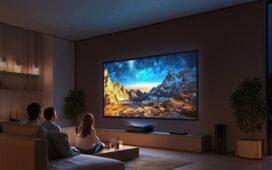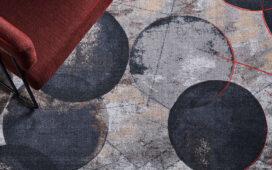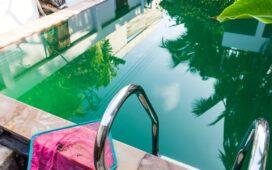With the arrival of summer and hot weather, many homeowners are looking to equip their patio or balcony with an awning to protect themselves from the sun. An awning fabric is a key element in creating a shaded and comfortable space, but how do you choose the color for better heat protection? In this article, we will present the most effective colors for reducing heat transmission.
Why is the Color of Awning Fabric Important?
The color of awning fabric impacts the amount of light and heat that passes through it. Light colors, such as white or beige, reflect light and heat better, which means they are less effective at blocking heat. On the other hand, dark colors, such as black or dark gray, absorb light and heat better, making them more effective at blocking heat.
The Best Colors for Blocking Heat
If your main goal is to block heat, here are the best colors for your awning fabric:
- Black: This is the most effective color for blocking heat. It absorbs up to 95% of heat and light.
- Dark gray: This is a popular color for awning fabrics as it also blocks a significant amount of heat and light.
- Dark green: This is a natural color that can add a touch of greenery to your patio or balcony while effectively blocking heat.
- Dark blue: This is a calming color that can create a peaceful and relaxing ambiance while effectively blocking heat.
The Advantages and Disadvantages of Each Color
It is important to consider the advantages and disadvantages of each color before making your choice. For example, black is very effective at blocking heat, but it can also make your space darker and less inviting. Dark gray may be softer visually, but it can also highlight dirt and stains more easily.
Therefore, it is important to take into account your personal preferences in terms of appearance and functionality, as well as the type of environment in which the awning will be installed.
The choice of the color of your awning fabric can have a considerable impact on your comfort and interior decoration. Therefore, it is important to consider the advantages and disadvantages of each color before making your choice.
For example, black is very effective at blocking heat and light, but it can also make your space darker and less welcoming. It can be difficult to let enough natural light into a room with black awnings.
Dark gray may be softer on the eyes and bring a touch of sophistication to your interior decoration, but it can also highlight dirt and stains more easily, which can be annoying to clean.
On the other hand, lighter colors such as white can help reduce the temperature inside the house by reflecting light and heat better, but they can also let in a significant amount of direct sunlight, which can make the room warmer.
Ultimately, it is important to consider all relevant factors, including the direction of the window, exposure to direct sunlight, and desired UV protection, to determine the most suitable color for your awning fabric. It is advisable to consult an expert to obtain personalized advice based on your unique environment.







